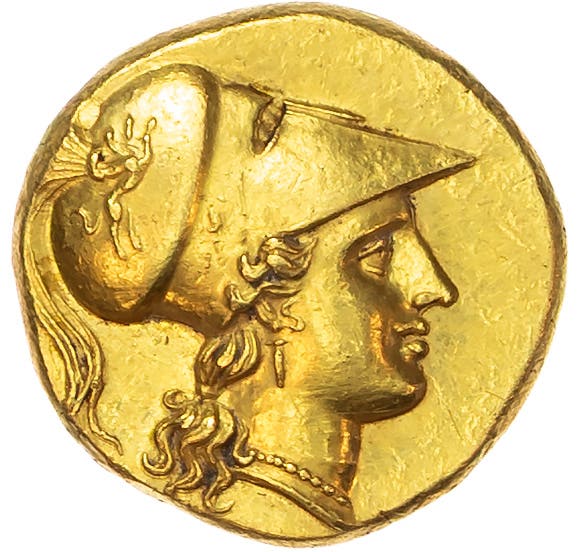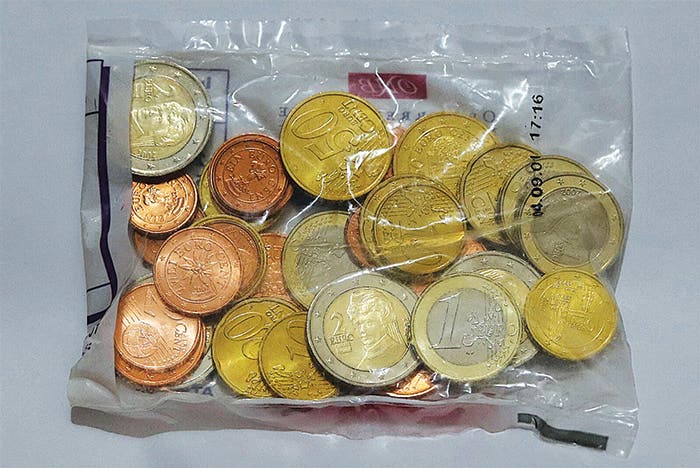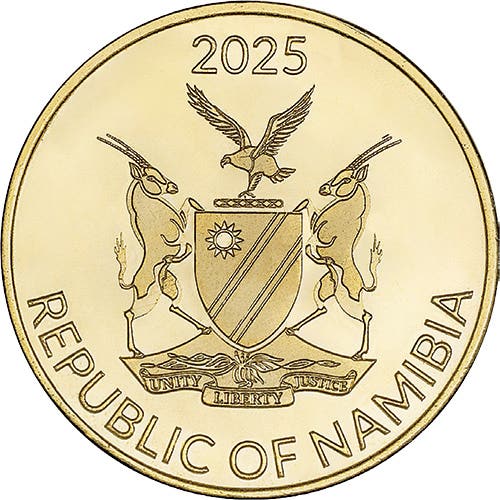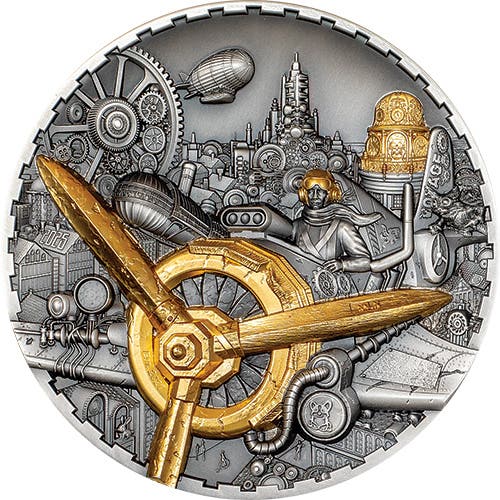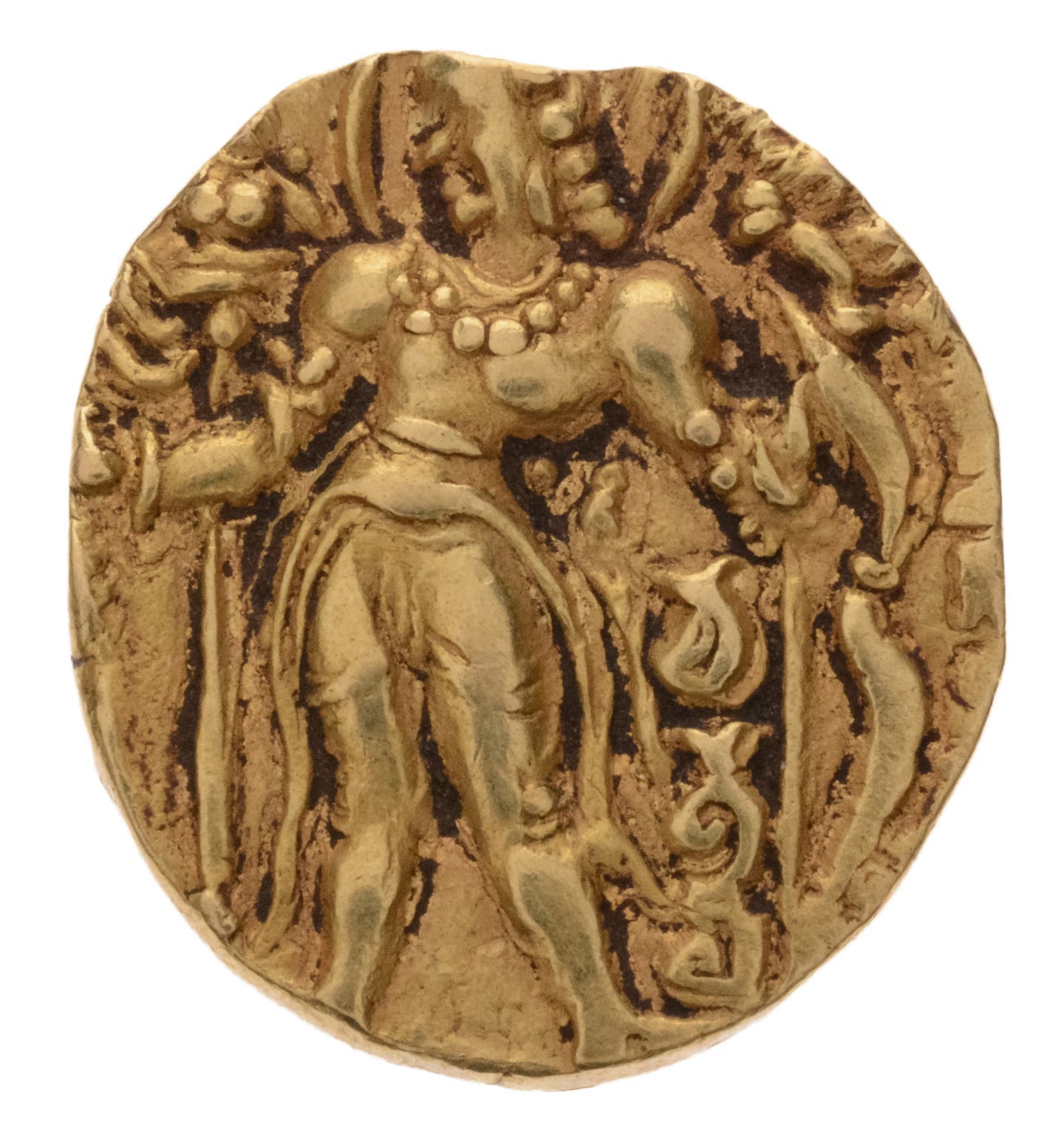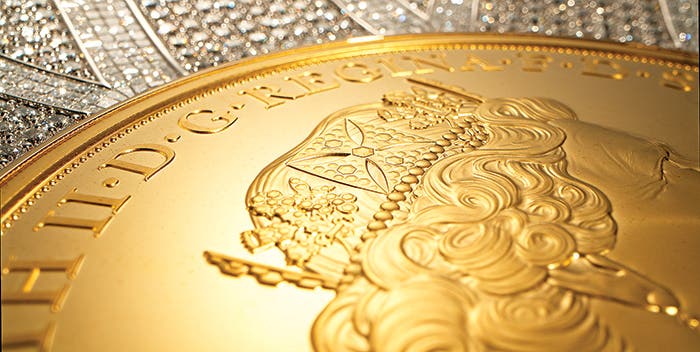Pre-Roman Britain Mystery Man on Coin
A little-known pre-Roman British king struck a unique gold coin that was recently discovered by a metal detectorist.
You may be asking yourself, who? The name Esunertos may not ring a bell with historians or numismatists, but nevertheless, it appears this may have been a usurper to Atrebate tribal ruler Commius during the late first century B.C. in Celtic Britain.
Without perhaps as much fanfare as it deserves, a gold coin on which the name Esunertos appears was auctioned on September 28 by Spink in Great Britain. Sources indicate Esunertos’s name appears as IISVNIIRTOS on the few gold and silver coins known on which he is named.
Ashmolean Museum Celtic Coin Index archaeologist Dr. John Sills examined the recently discovered coin prior to it being offered for sale. According to Sills, this is one of only three coins known to bear the name Esunertos. All three coins were found in the same region, suggesting the territory controlled by Esunertos included part of what is now western Hampshire.
English Heritage Curator of Collections and Interiors Ian Leins also examined the coin. In an October 28 Live Science article, Leins explained, “Rome was meddling in the affairs of Britain, and the Britons themselves were suddenly faced with a range of new opportunities and threats that resulted from the changing political landscape across the channel. Within a rapidly changing political landscape, I suspect that new political leaders emerged, sometimes flourishing, sometimes disappearing as quickly as they had appeared. If an individual amassed enough power and wealth to extend his/her influence, the striking and issuing of coins was one mechanism by which they could further expand their influence. Esunertos would have been one of these leaders and thus could mint his own coins, although we’ll never know whether he actually called himself a king.”
The Atrebates occupied the northern part of what is today Berkshire, Hampshire, and Sussex. Their main center was at Calleva, what is today Silchester.
There is much conjecture surrounding Esunertos. Stylistically, the few recognized coins on which he is named are similar to the coinage of Atrebate chieftain Commius. Commius issued the first inscribed gold staters in Britain. According to Spink’s Coins of England and the United Kingdom, “Staters and silver units with an inscribed E are also thought to be related.”
The gold coin recently sold by Spink depicts the devolved head of Apollo right on the obverse, with a stylized triple-tailed horse on the reverse.
The Commius to whom Celtic coins have been attributed is understood to be the chieftain to whom Caesar refers in his firsthand account of the Gallic Wars titled De Bellow Gallico. Caesar describes in third person narrative the wars he fought with the Celts and Germans.
According to Caesar, “Having given them [merchants and ambassadors of Britain] an audience, he after promising liberally, and exhorting them to continue in that purpose, sends them back to their own country, and [dispatches] with them Commius, whom, upon subduing the Atrebates, he had created king there, a man whose courage and conduct he esteemed, and who he thought would be faithful to him, and whose influence ranked highly in those countries.”
Nothing is said of Esunertos. It is now being speculated that Esunertos may have been a friend or a usurper of Commius.
It has been suggested that Esunertos’s name is Gaulish and translates to “mighty as the god Esos.” It has been estimated the recently discovered coin was likely struck between 50 and 30 B.C., just after Julius Caesar’s first attempt to conquer Britain in 55 B.C.
The coin was discovered in a field in Hampshire in March 2023 by metal detectorist Lewis Fudge. Fudge said, “I am over the moon; if it were not for people in the auction room, I would have jumped around. The collectors I spoke to are gobsmacked. I’m so glad I did not take them up on their private offers before the auction. To think my find has generated its own Wikipedia page is incredible.” The coin sold for £24,000 or $24,720 U.S.
Spink Iron Age Coin Specialist Gregory Edmund said, “Despite the coin’s diminutive size, the name of its conceiver - Esunertos - now truly echoes down the ages. Esunertos was once forgotten, but now his name looms large in the historic record.”
You may also like: Roman gold coin found at Hadrian’s Wall - Numismatic News




